Jerome Powell weighs a risky turn for the U.S. economy as the Federal Reserve weighs rate cuts against rising prices from fresh tariffs. Inflation cooled to 2.7% in July, but jobs slowed sharply. The question now is simple: cut, or wait?
Monthly job growth nearly stalled in July. The Bureau of Labor Statistics reported only 73,000 new jobs and unemployment at 4.2%. Revisions also erased earlier gains.
Inflation is lower than last year, but not yet safe. Headline CPI rose 0.2% in July and 2.7% year-on-year. Core inflation, excluding food and energy, stood at 3.1%.
The Fed’s target rate remains at 4.25%–4.50%. Officials kept policy unchanged at the last meeting, saying they need “greater confidence” that inflation will settle at 2%.
Pressure is rising on both sides. The White House rolled out a universal baseline tariff and higher duties on strategic imports. Businesses now face higher costs and murky outlooks as they delay hiring and trim plans.
“They’ve got multiple risks that they have to contend with,” said former Fed official James Clouse. “Exactly how they conduct policy in this environment is just very difficult.”
Powell’s Tightrope At Jackson Hole
Powell steps onto the Jackson Hole stage with a careful script. His task is to soften the stance without suggesting surrender. The rate path may bend, not break.
His term as Fed chair runs to May 2026, not May of this year. That gives him time to steer through uncertainty.
He could hint at reducing restraint, not full easing. That would buy cover if jobs weaken again in September. It would also guard against inflation re-accelerating.
The labor market looks less solid. Firms are hoarding fewer workers. Immigration limits also shrink supply. Slower hiring can flip to layoffs, fast.
Kris Dawsey calls it a “Wile E. Coyote” risk. “In real time, the Fed can’t be sure of what’s really driving slower monthly jobs growth,” he said. Uncertainty, not comfort, drives caution.
Tariffs, Jobs, and the Price Pulse
Tariffs add heat to prices just as demand cools. A universal baseline tariff and steeper China duties raise input costs. That pressure can pass to consumers, even as spending eases.
So the Fed must choose. Hold rates high and risk a harder landing. Or cut too soon and risk sticky inflation above 2%.
Loretta Mester sees a case for an “insurance” cut if jobs stay weak. That means moving toward neutral, not stepping on the gas.
“You can wait and watch, but you can’t turn on a dime in terms of policy,” warned Raghuram Rajan. If expectations lift, taming them later gets costlier.
Some in Washington want deeper cuts. Politics grows louder. Powell must signal independence while keeping options open.
“That’s a serious blow to credibility,” Rajan added on the risk of cutting, then reversing. The Fed hates U-turns.
Lessons From ‘Transitory’
The 2021 mistake still burns. Back then, the Fed called inflation “transitory.” It wasn’t. Rates rose fast to fix it. The lesson: stay humble; move when facts change.
“In hindsight, it was a mistake,” Rajan said of the old framework. Charles Evans wants a “principles-based” guide, a document that works in all seasons.
William English cautions against rigid, “commitment-like” guidance. The economy shifts. The central bank must, too.
Powell is likely to stick with simple inflation targeting, not averaging. That means 2% is a point, not a multi-year average. Clarity helps when the seas are rough.
The path ahead depends on data. Another weak jobs report tilts toward a cut. A flare-up in prices tilts back to a pause. The Fed will walk, not run.
Two questions for you: Should the Fed risk a small cut now to protect jobs? Or should it wait for firmer proof that prices will keep cooling?
Rate decisions are never only numbers. They touch rent, loans, small shops, and big dreams. The stakes are real. The timing must be right.
“Even if you think a lot of it is supply-side, you can’t be entirely certain,” Dawsey noted. Uncertainty, again, is the story.
Powell’s words at Jackson Hole will matter. But the data will write the next chapter. September could be a turning point—for better or worse.
“The Fed’s credibility is its currency.” Spend too little, and jobs suffer. Spend too much, and prices bite. Balance is the work.
“It can be very, very difficult to get inflation expectations reattached to 2 percent if they become detached,” Clouse warned. That is the line the Fed will not cross.
Rate, Like 👍, Comment💬, share this article, and join us on our social media handles. You can also Submit your own story to get featured and earn rewards!







